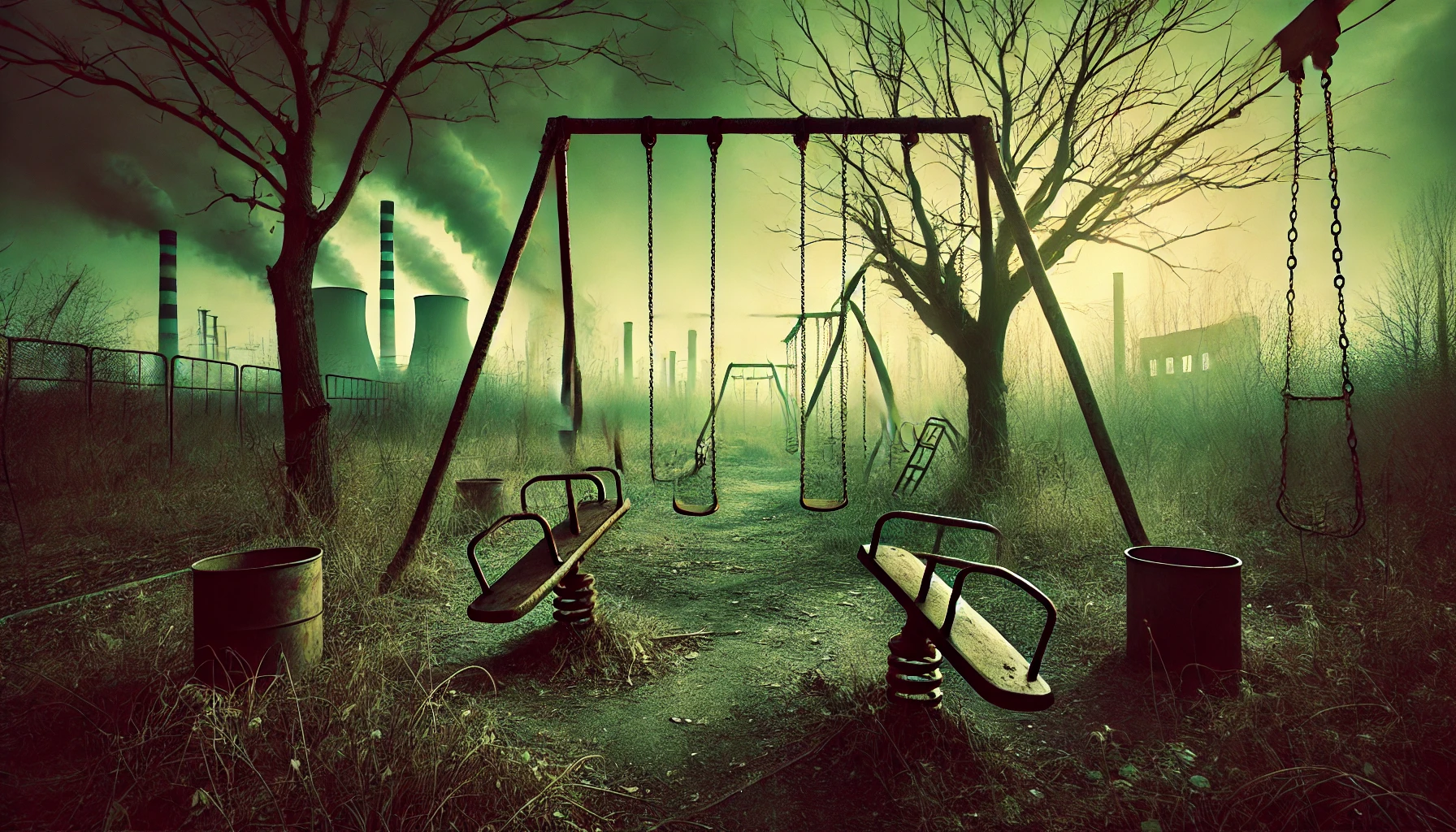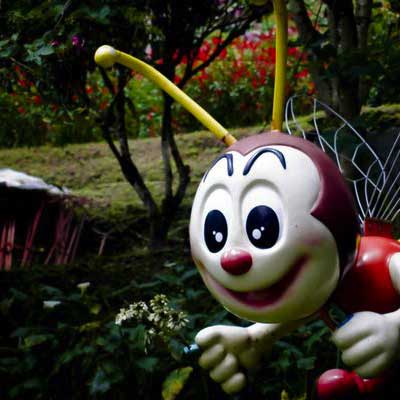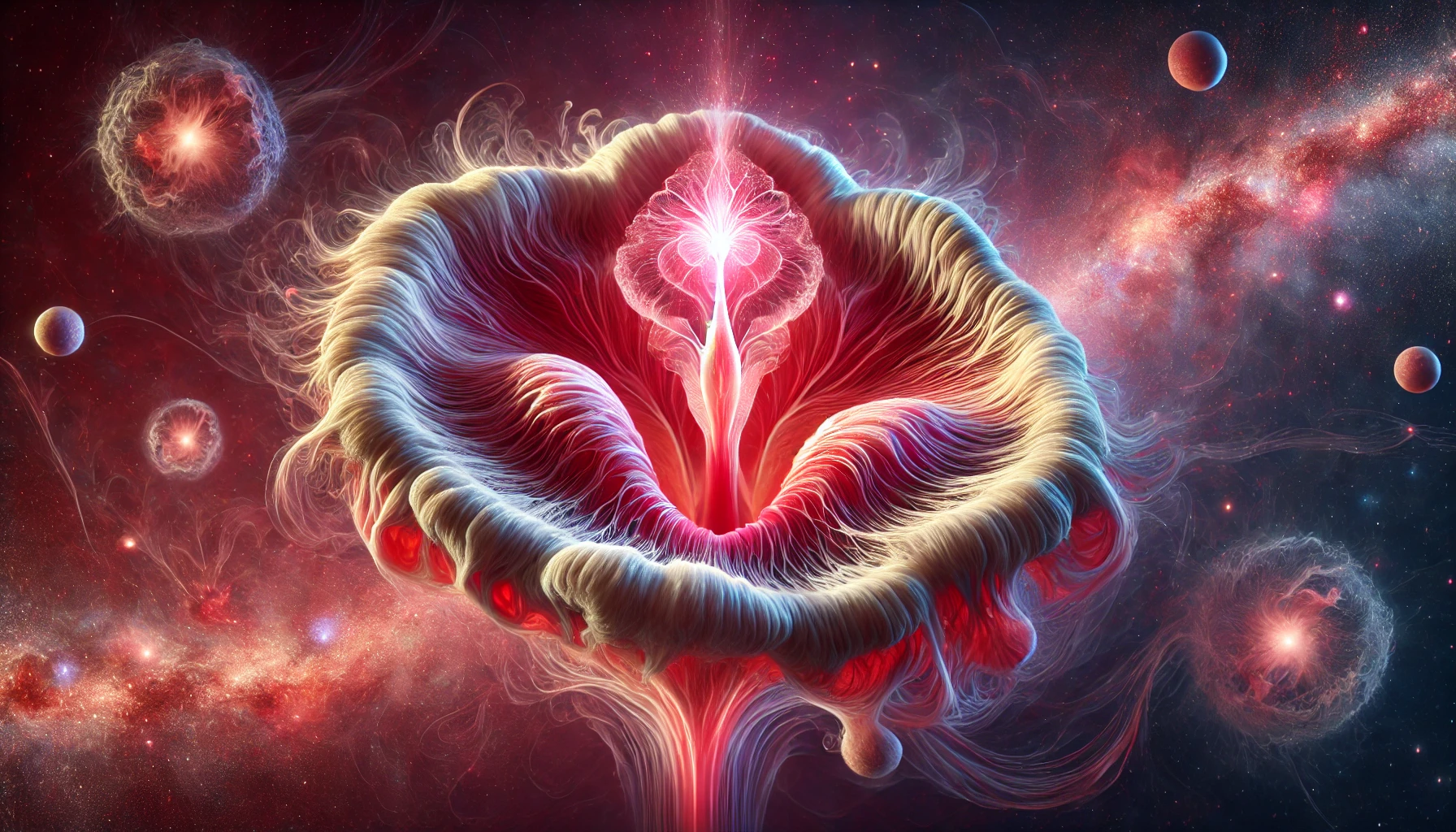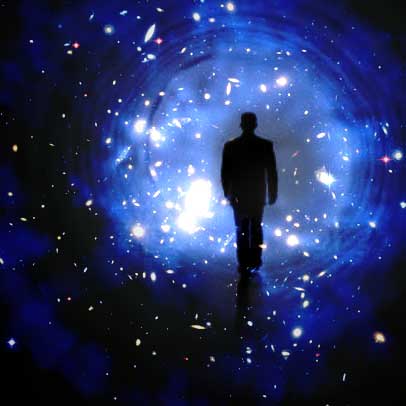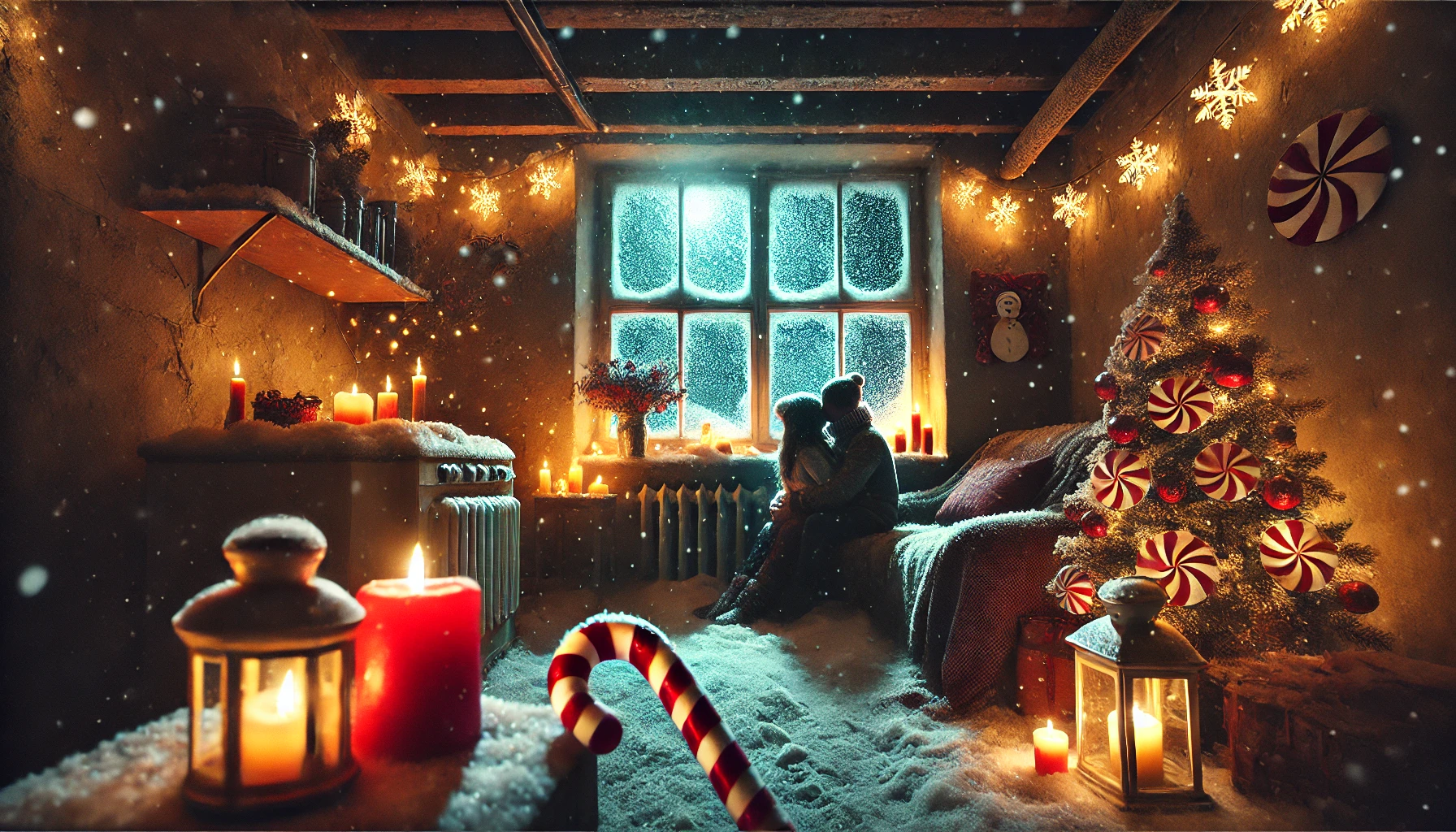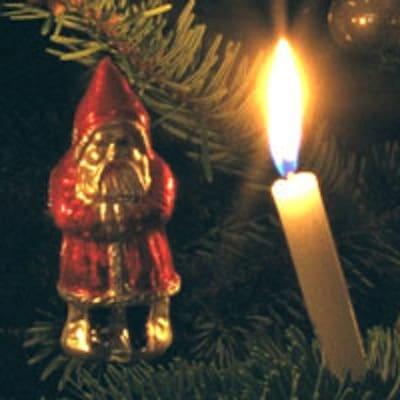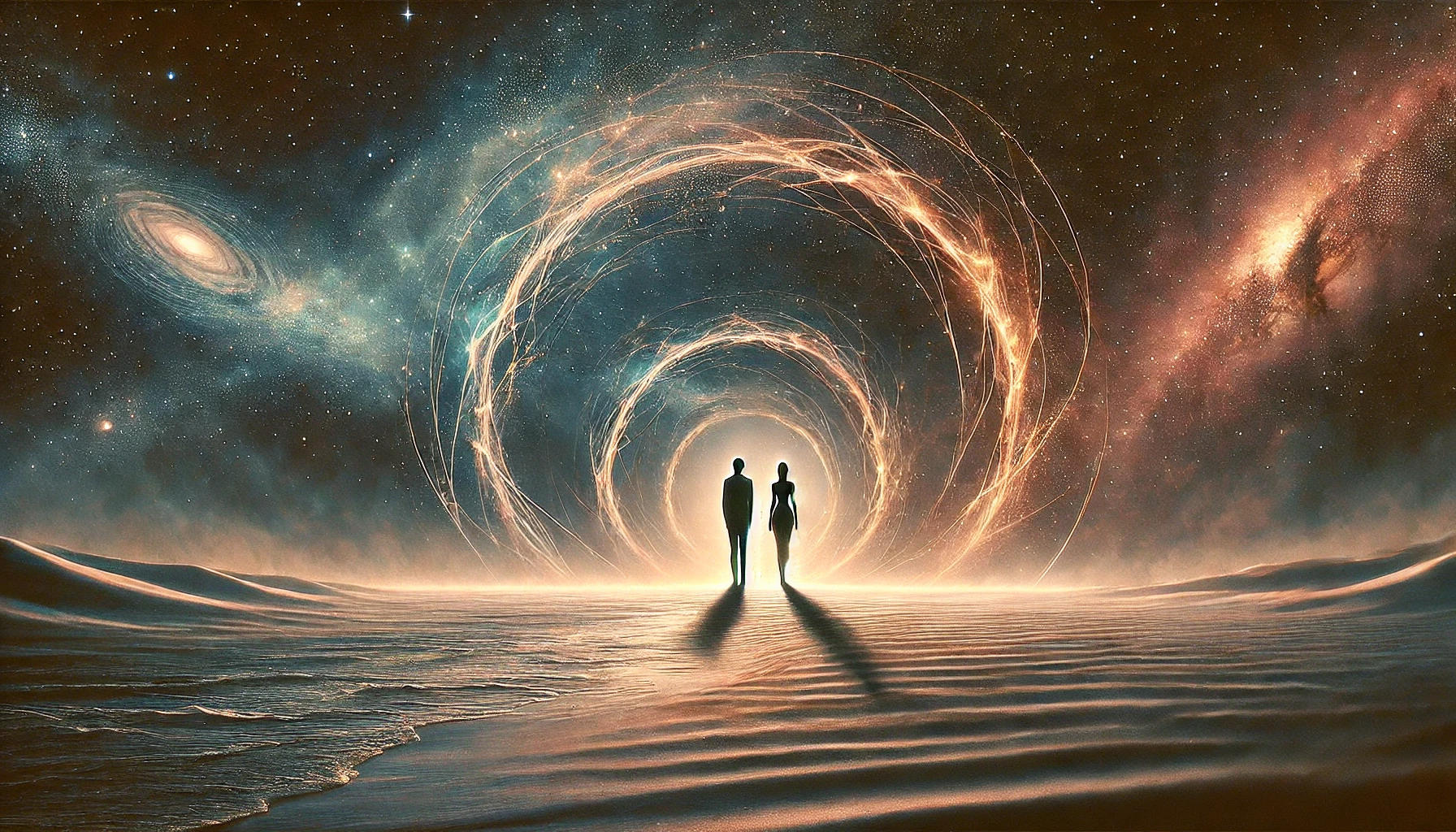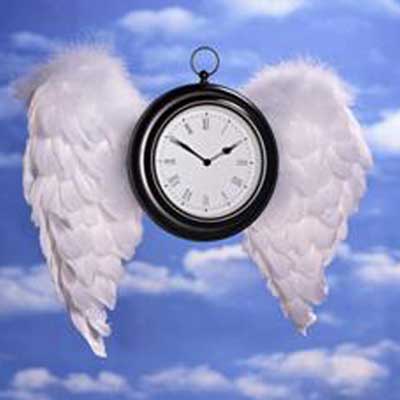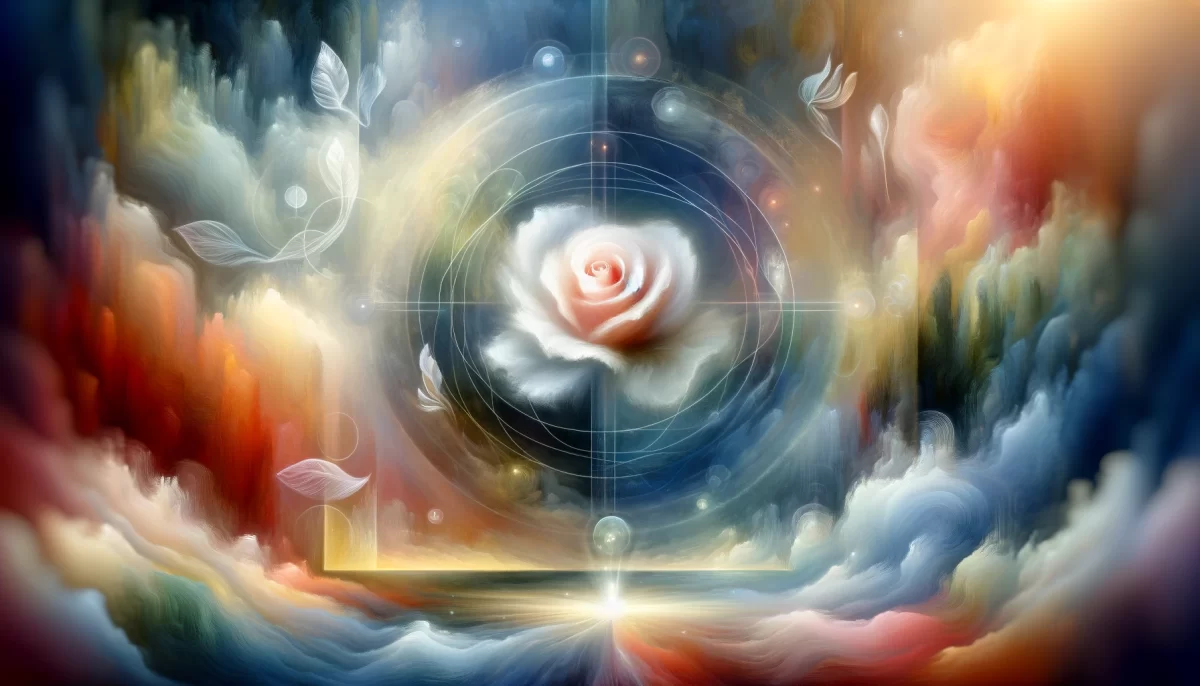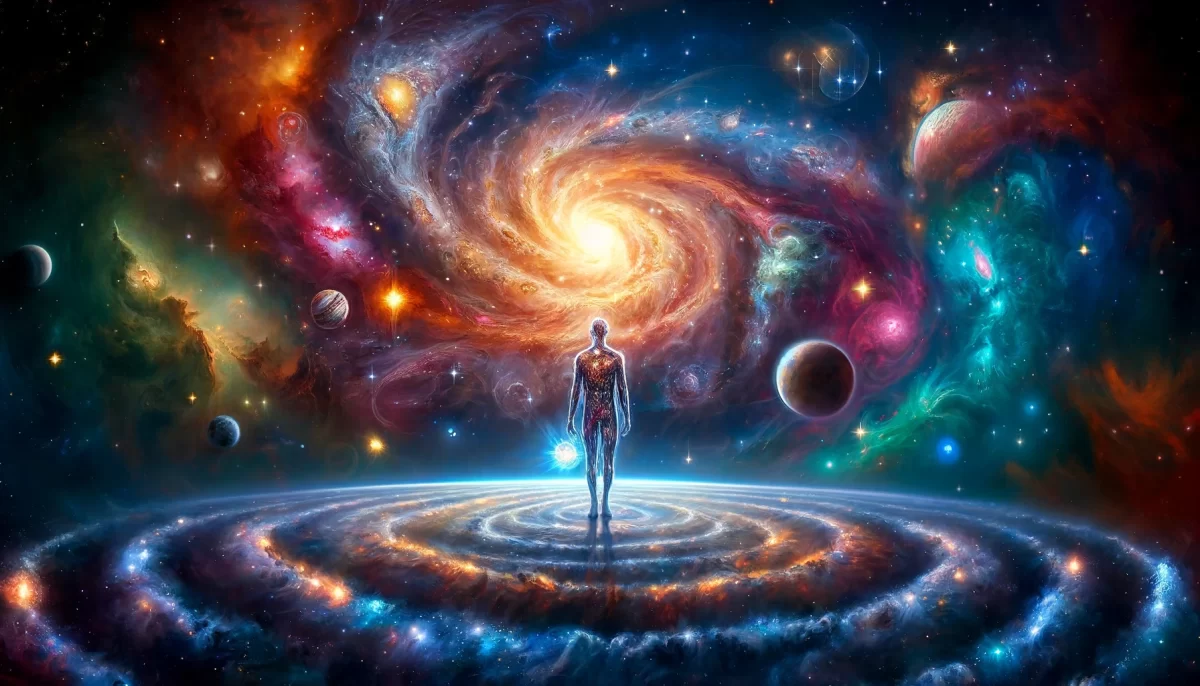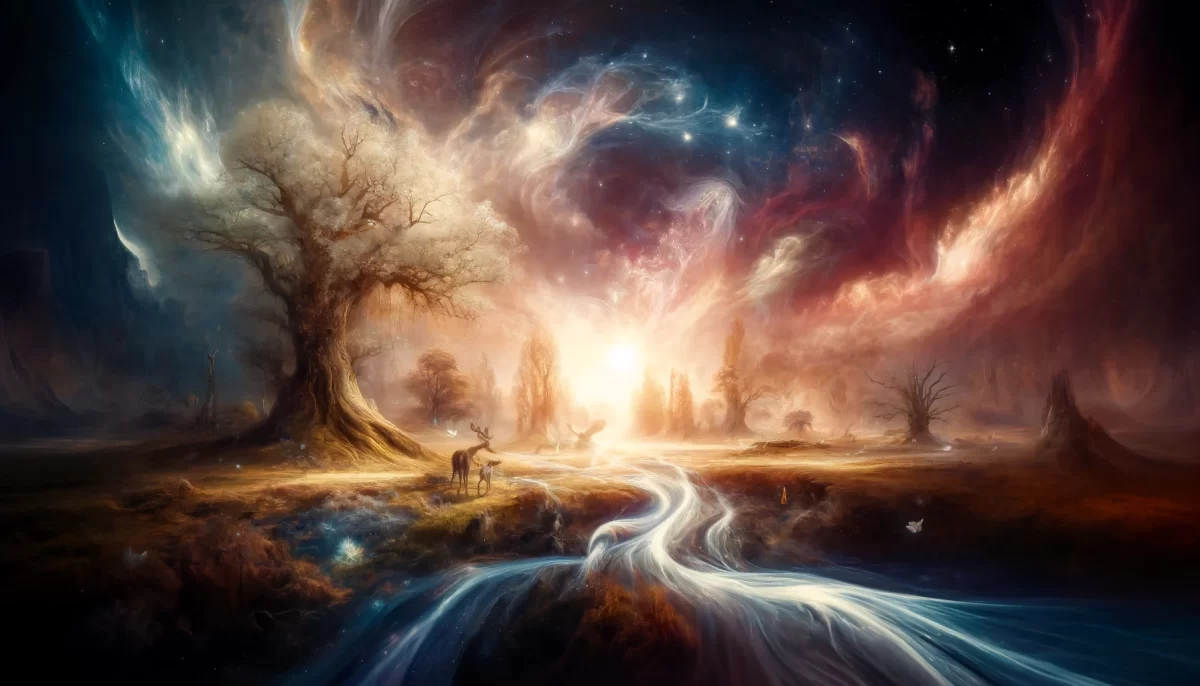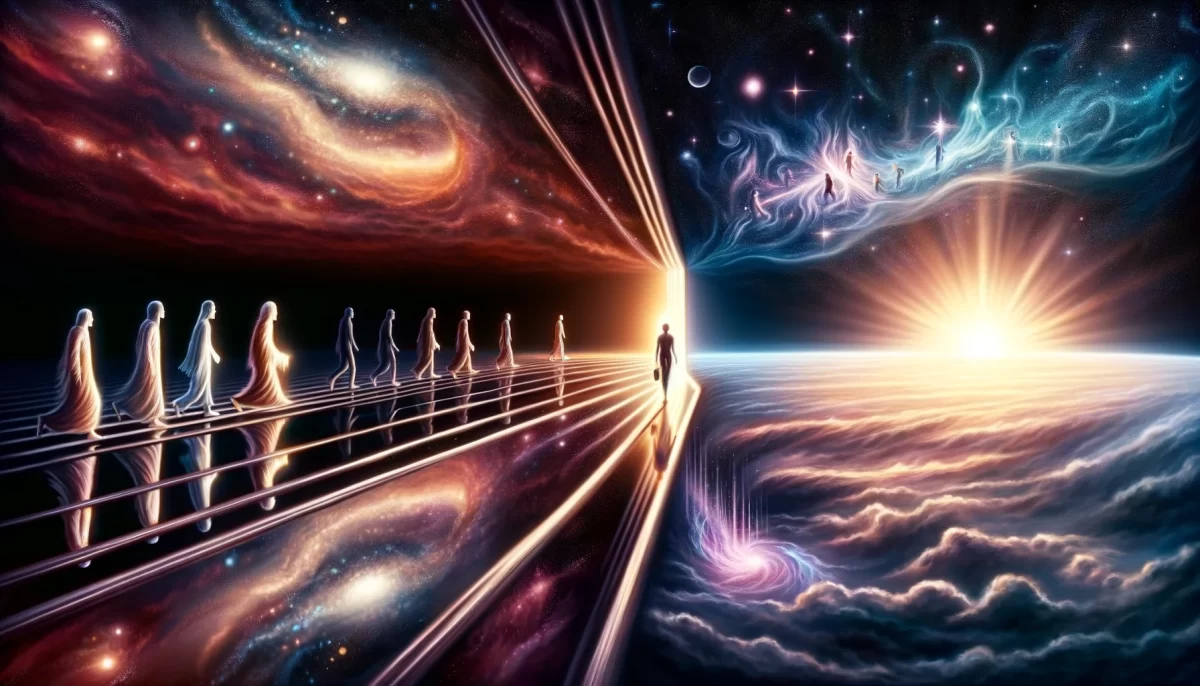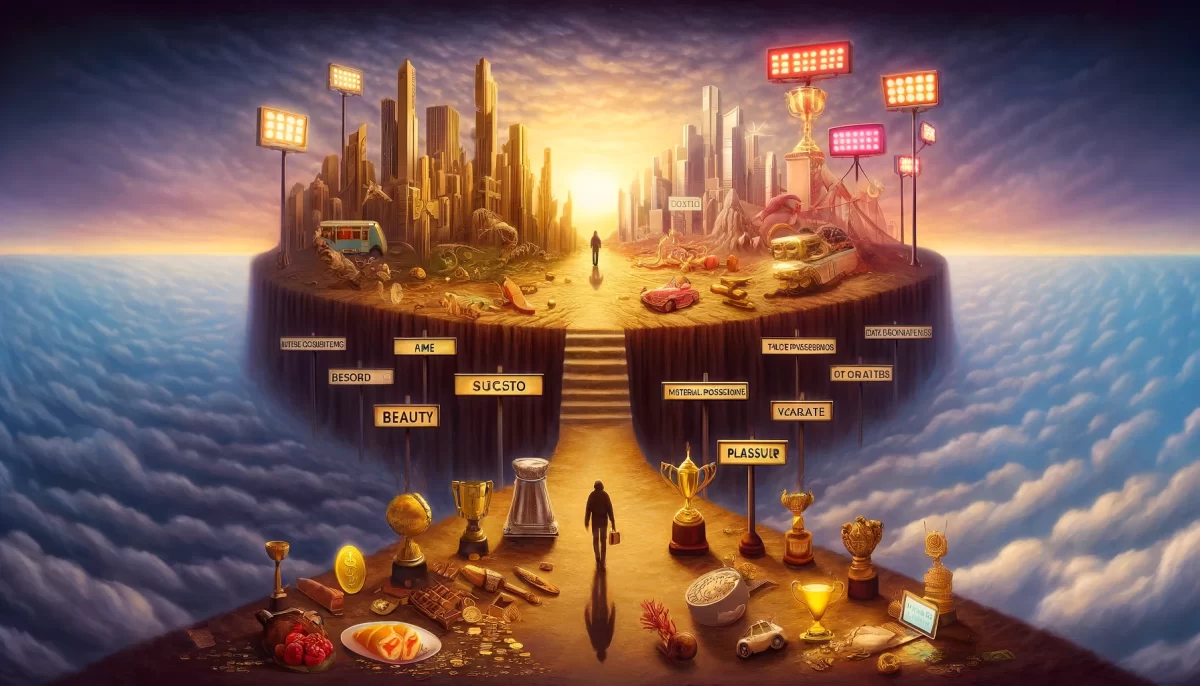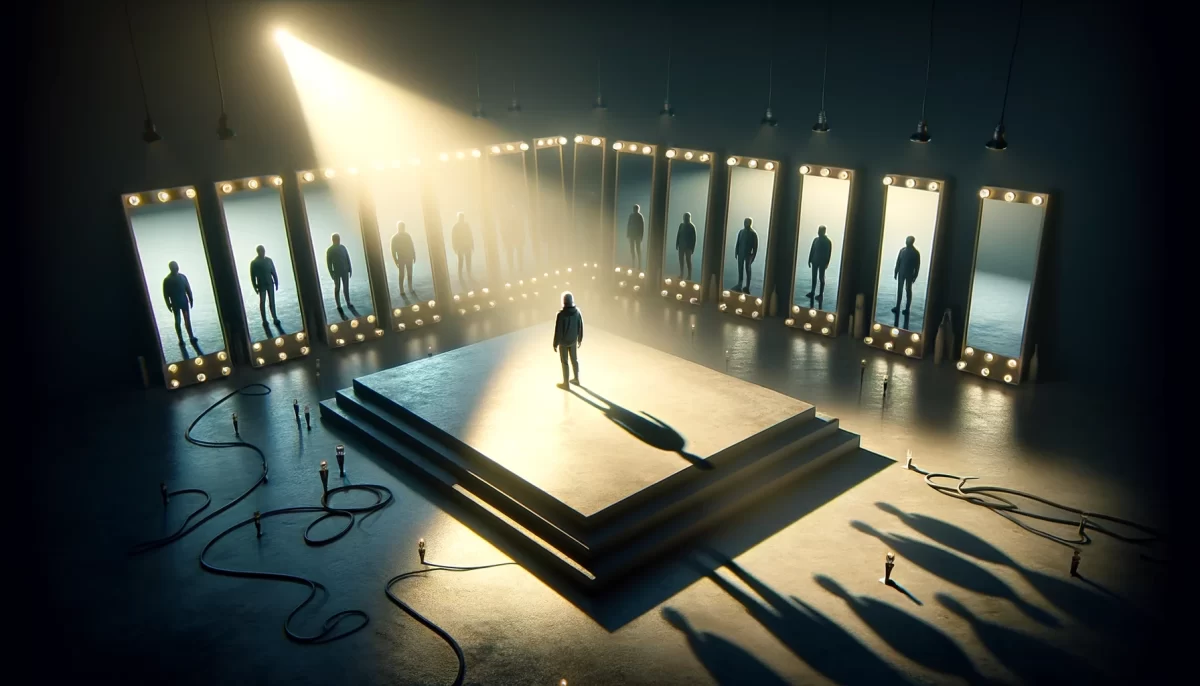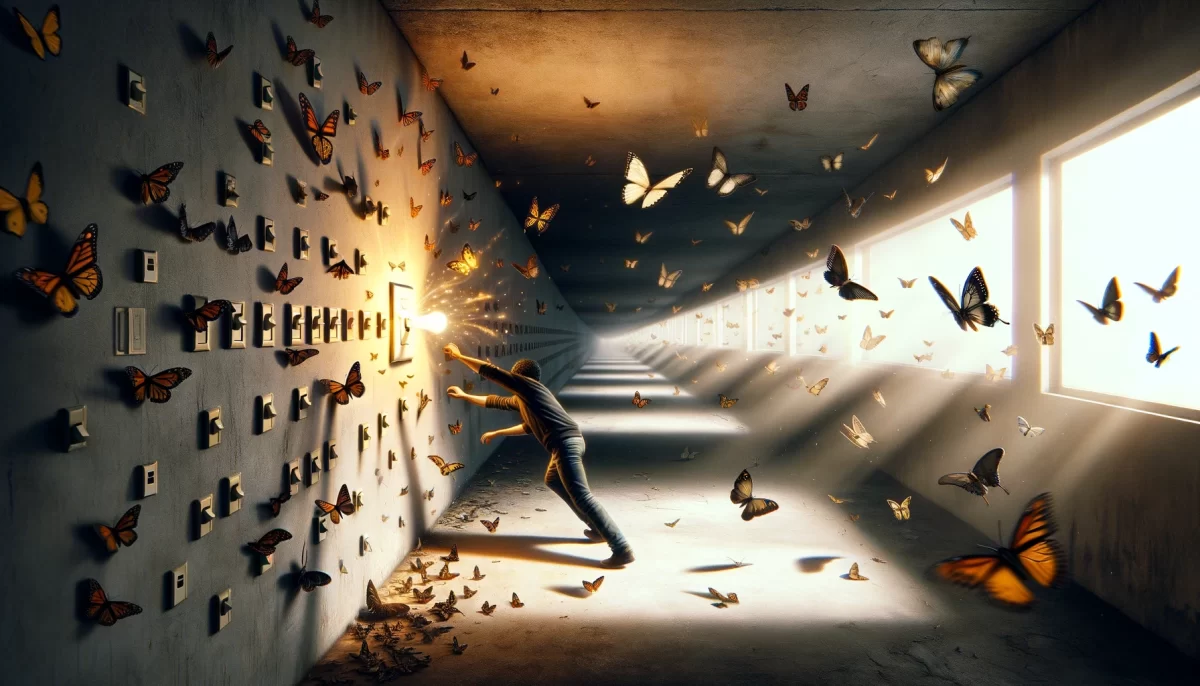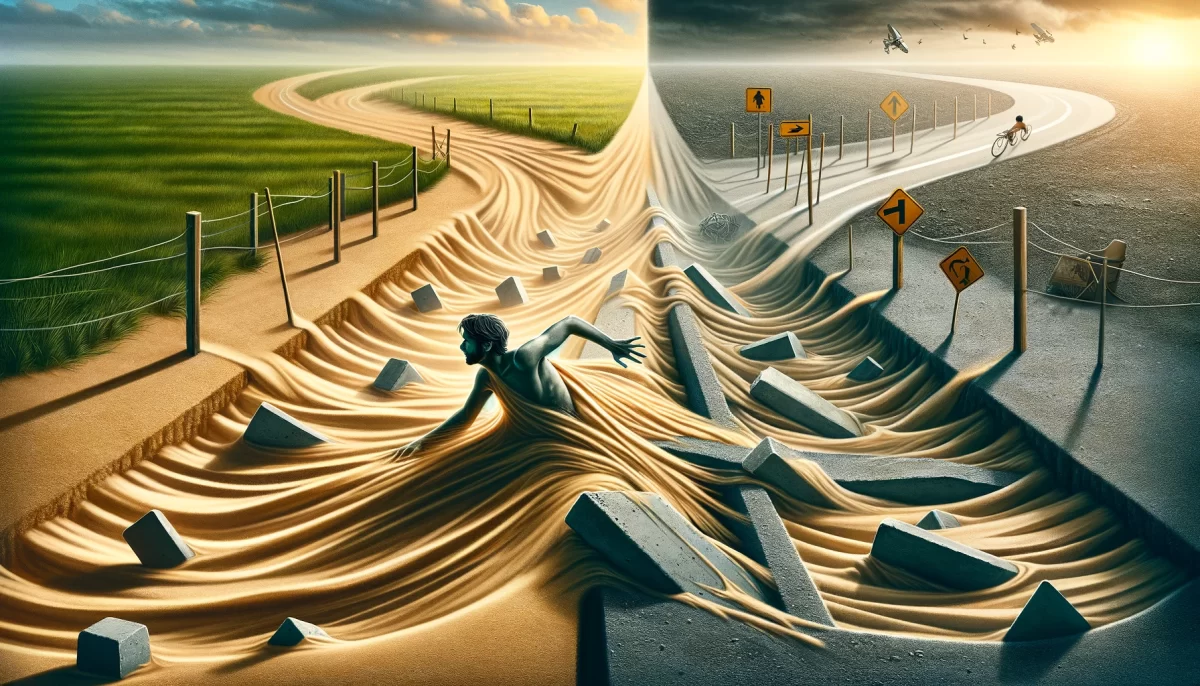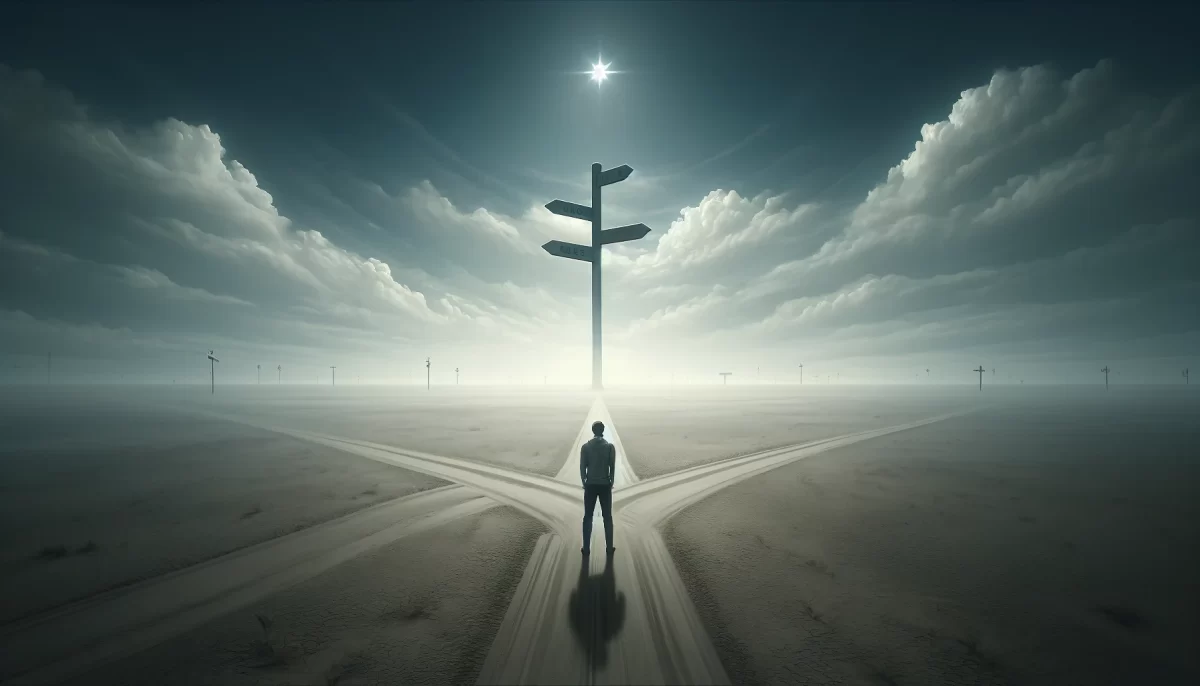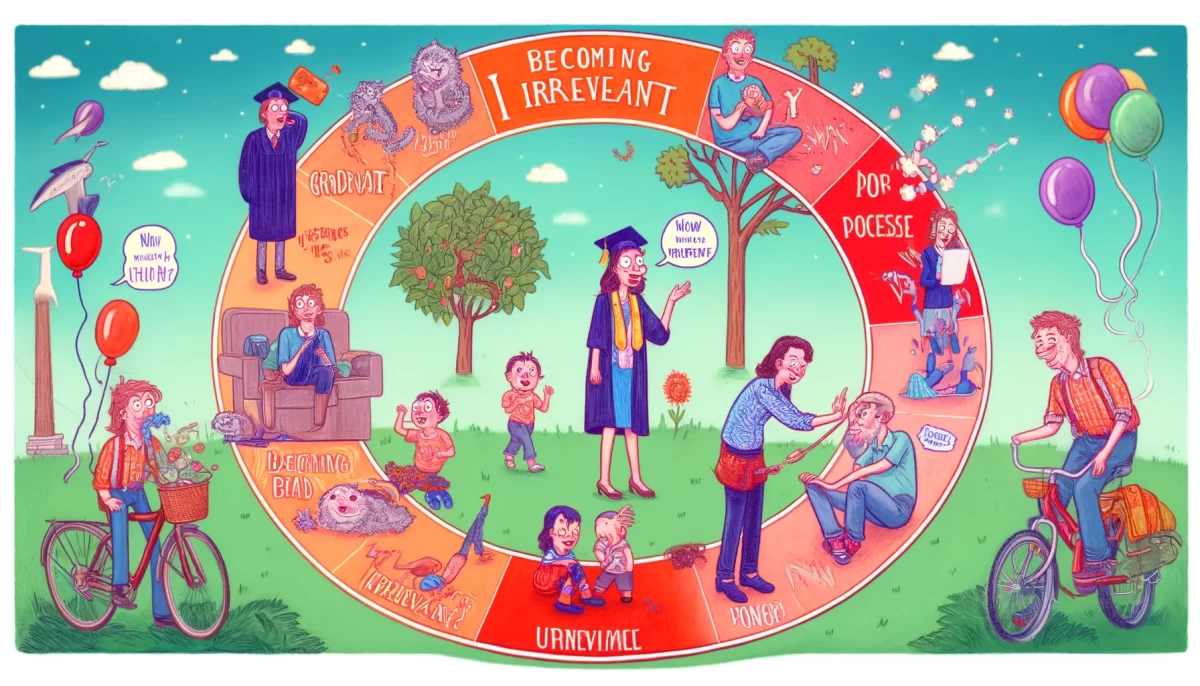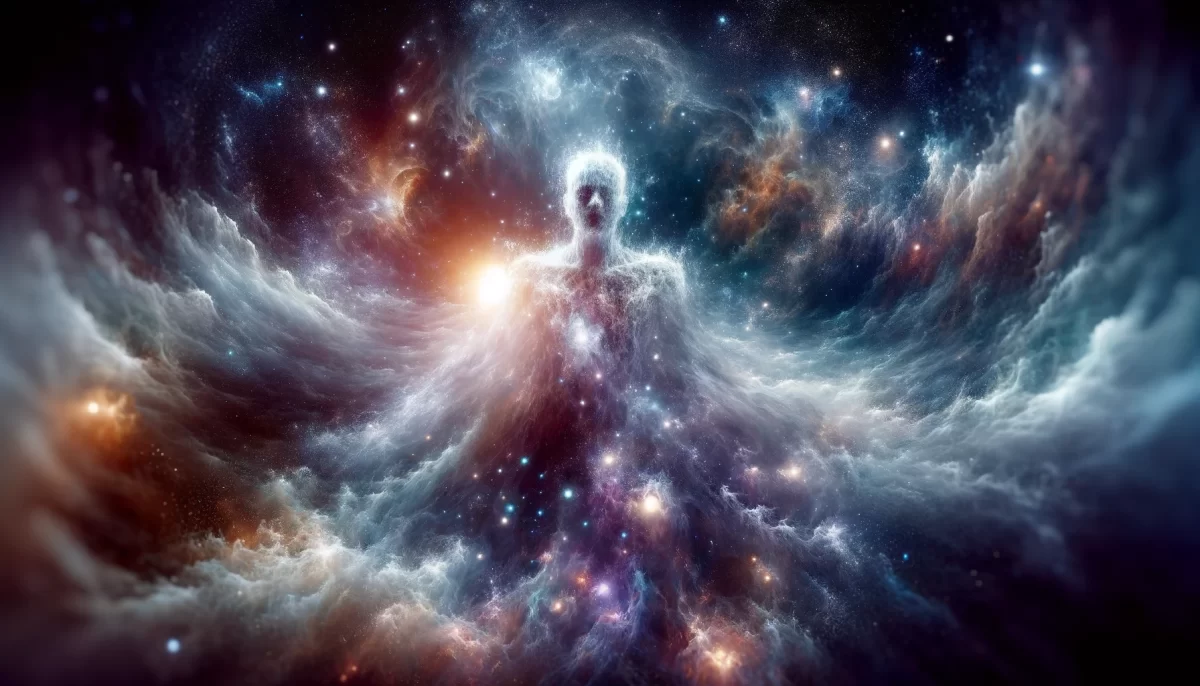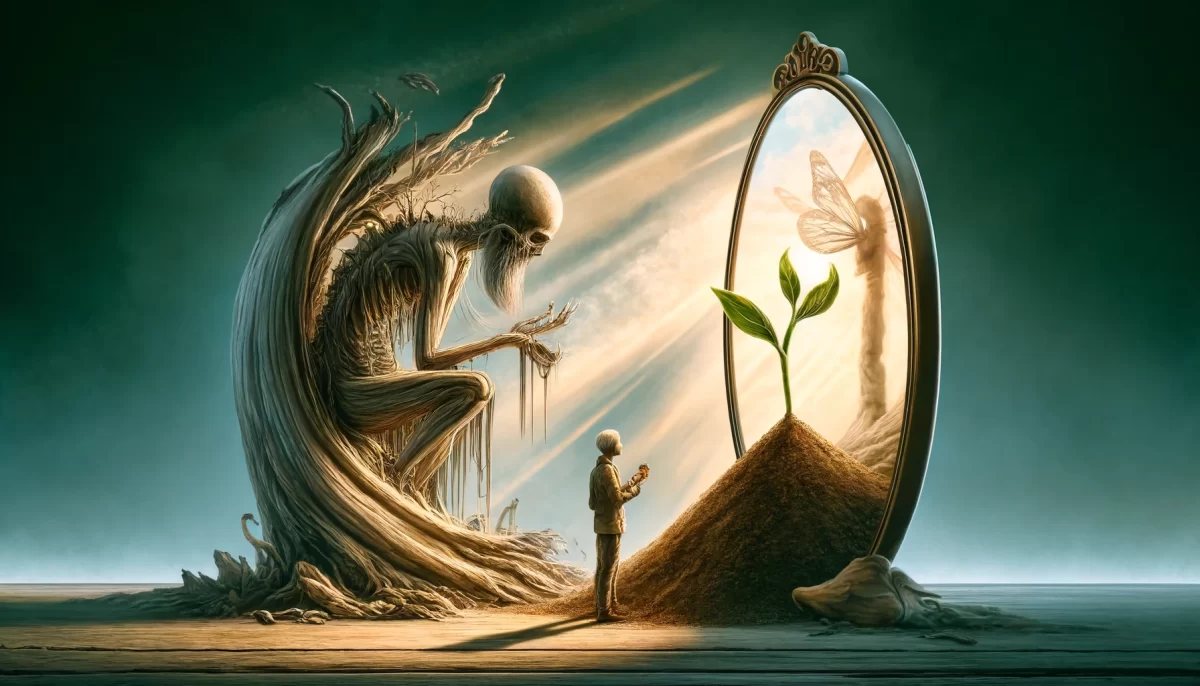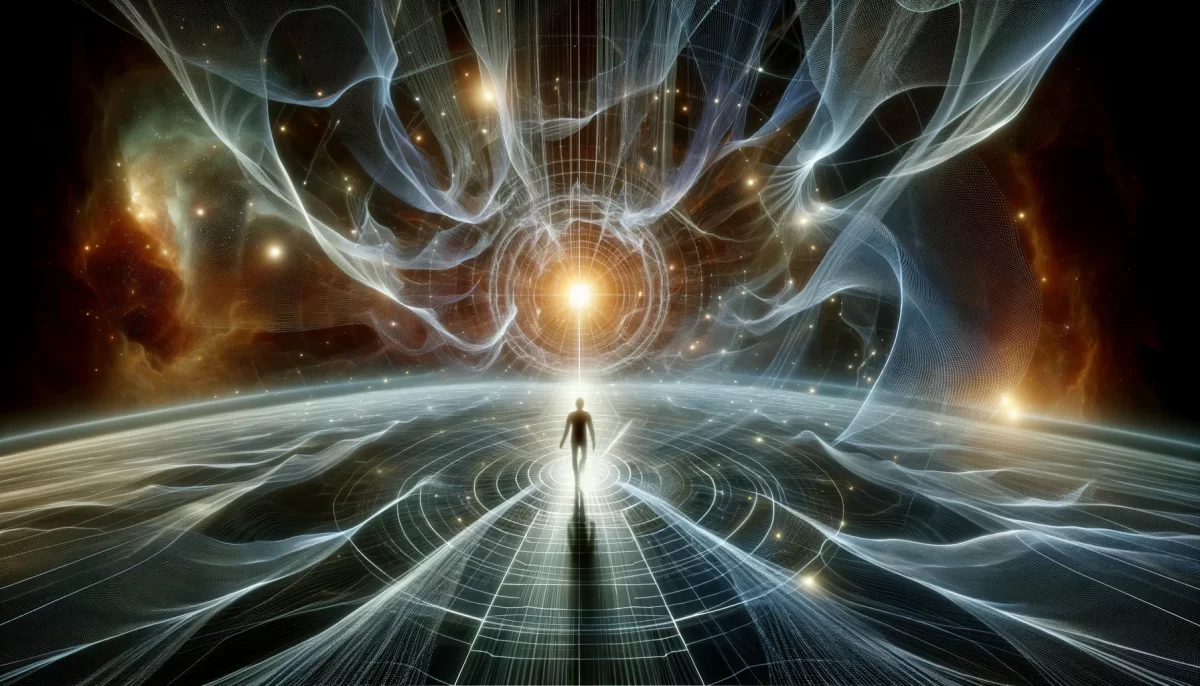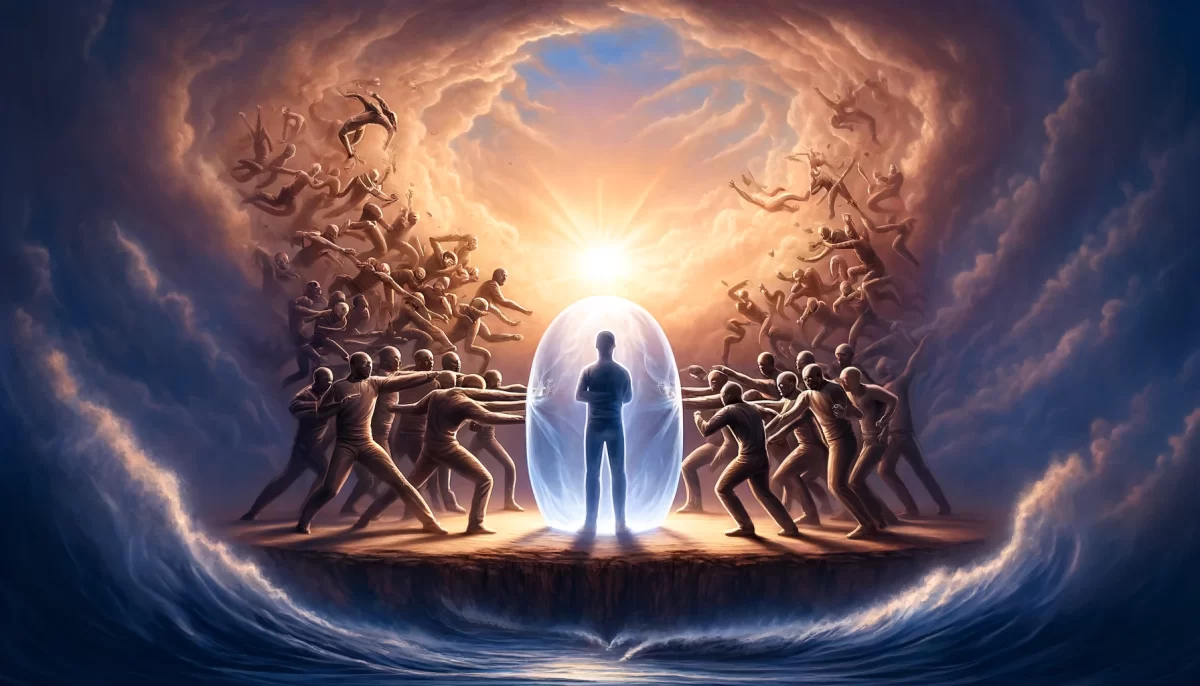Someone Tore Down The Playground
Someone tore down the playground
It was here just yesterday
Someone’s stolen my see saw
Grow up kid
This is how we play
No swings
Just chains
No fun
No games
I can’t
Believe
I can
Hardly breathe
Sick trees
Skinned knees
Drowning in PCBs
Ride down the slide
Into mental disease
Space Monkey Reflects: Someone Tore Down the Playground—The Loss of Innocence
Someone Tore Down the Playground captures the jarring transition from childhood wonder to the stark realities of adulthood. The playground, once a symbol of joy, freedom, and imagination, becomes a metaphor for innocence lost and the harshness of the world revealed. The song delves into themes of disillusionment, environmental decay, and the toll of societal expectations, offering a poignant reflection on what it means to “grow up.”
The Playground as a Symbol
The playground is more than a physical space; it is a sanctuary of creativity and exploration, a realm where the constraints of adulthood do not apply. When the playground is torn down, it signifies the dismantling of this freedom, replaced by a world of “no swings, just chains.” Chains represent the limitations, responsibilities, and burdens that often accompany maturity, erasing the carefree essence of play.
The Loss of Balance
The stolen see-saw reflects a loss of balance—both literally and figuratively. The simplicity of give-and-take, of rising and falling in rhythm, is replaced by the static weight of adult life. The directive to “grow up” becomes a command to adapt to a harsher reality, where innocence and joy are seen as childish indulgences rather than vital aspects of existence.
Environmental Decay as Emotional Decay
The imagery of “sick trees, skinned knees, drowning in PCBs” ties environmental degradation to the emotional and psychological toll of modern life. The playground, once alive with vitality, becomes a contaminated space, mirroring the broader destruction of nature and the impact on human well-being. The slide into “mental disease” suggests that this decay is not only external but internal, affecting the psyche as much as the world around us.
No Fun, No Games
The refrain of “no fun, no games” underscores the grim transformation of life from playfulness to a sense of drudgery and confinement. This loss of joy is not inevitable but systemic, a reflection of societal priorities that value productivity over creativity, conformity over individuality. The song serves as a critique of a world that has forgotten the importance of play and imagination.
The Struggle to Breathe
The line “I can hardly breathe” captures the suffocating weight of these realizations. As the playground disappears, so does the air of possibility and freedom. The act of growing up, as portrayed here, becomes a process of constriction rather than expansion, leaving little room for the spirit to flourish.
Space Monkey and the Playground Within
As Space Monkey, we recognize that the playground is never truly gone—it exists within us, as a space of imagination and potential. While the external world may strip away its physical presence, the essence of play remains accessible through the choice to reconnect with creativity and wonder. The tearing down of the playground is not the end but an invitation to rebuild, both within and beyond.
Summary
Someone Tore Down the Playground is a poignant exploration of innocence lost, environmental decay, and the pressures of growing up. Through vivid imagery and raw emotion, it critiques a world that has traded playfulness for conformity, reminding us of the vital importance of creativity and imagination.
Glossarium
- Playground as Innocence: A metaphor for the freedom, joy, and creativity of childhood.
- Chains as Burden: Symbolizing the limitations and responsibilities of adulthood.
- Environmental Decay: Reflecting both the physical destruction of nature and its psychological impact.
Quote
“The playground may be torn down, but its spirit remains—waiting for us to rediscover the joy of play within.” — Space Monkey
The Torn Playground
The swings are gone,
Only chains remain.
The see-saw stolen,
Replaced with pain.
The trees are sick,
The slide’s a trap,
A path to places
We can’t get back.
No fun, no games,
Just weight to bear.
The air is heavy,
Joy is rare.
But within the rubble,
A spark survives.
The playground within us,
Still alive.
We are Space Monkey.
